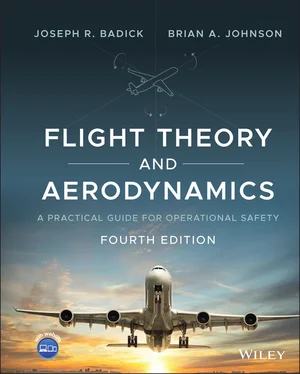Joseph R. Badick - Flight Theory and Aerodynamics
Здесь есть возможность читать онлайн «Joseph R. Badick - Flight Theory and Aerodynamics» — ознакомительный отрывок электронной книги совершенно бесплатно, а после прочтения отрывка купить полную версию. В некоторых случаях можно слушать аудио, скачать через торрент в формате fb2 и присутствует краткое содержание. Жанр: unrecognised, на английском языке. Описание произведения, (предисловие) а так же отзывы посетителей доступны на портале библиотеки ЛибКат.
- Название:Flight Theory and Aerodynamics
- Автор:
- Жанр:
- Год:неизвестен
- ISBN:нет данных
- Рейтинг книги:4 / 5. Голосов: 1
-
Избранное:Добавить в избранное
- Отзывы:
-
Ваша оценка:
- 80
- 1
- 2
- 3
- 4
- 5
Flight Theory and Aerodynamics: краткое содержание, описание и аннотация
Предлагаем к чтению аннотацию, описание, краткое содержание или предисловие (зависит от того, что написал сам автор книги «Flight Theory and Aerodynamics»). Если вы не нашли необходимую информацию о книге — напишите в комментариях, мы постараемся отыскать её.
AERODYNAMICS
GET A PILOT’S PERSPECTIVE ON FLIGHT AERODYNAMICS FROM THE MOST UP-TO-DATE EDITION OF A CLASSIC TEXT Flight Theory and Aerodynamics
Flight Theory and Aerodynamics
Flight Theory and Aerodynamics
Flight Theory and Aerodynamics — читать онлайн ознакомительный отрывок
Ниже представлен текст книги, разбитый по страницам. Система сохранения места последней прочитанной страницы, позволяет с удобством читать онлайн бесплатно книгу «Flight Theory and Aerodynamics», без необходимости каждый раз заново искать на чём Вы остановились. Поставьте закладку, и сможете в любой момент перейти на страницу, на которой закончили чтение.
Интервал:
Закладка:
Now consider a cambered airfoil operating at an AOA where it is developing no net lift ( Figure 3.24a). Upper surface lift and lower surface lift are numerically equal, but their lines of action do not coincide. A nose‐down pitching moment develops from this situation. When the cambered airfoil develops positive lift ( Figure 3.24b), the nose‐down pitching moment still exists. By reversing the camber, it is possible to create an airfoil that has a nose‐up pitching moment. Delta‐wing aircraft have a reversed camber trailing edge to control the pitching moments.
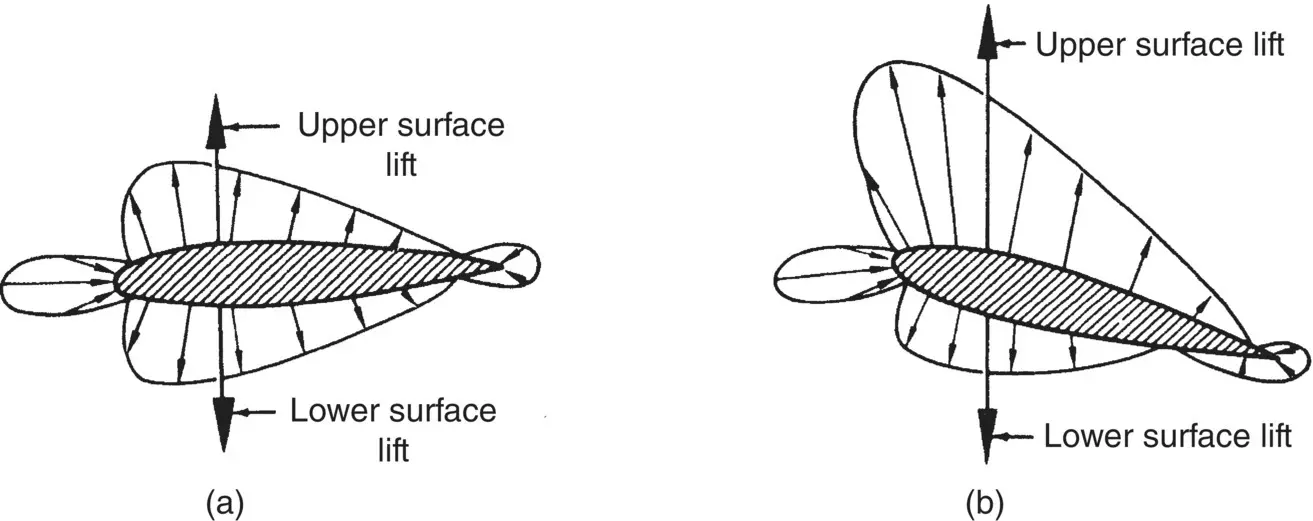
Figure 3.23 Pitching moments on a symmetrical airfoil (a) at zero AOA and (b) at positive AOA.
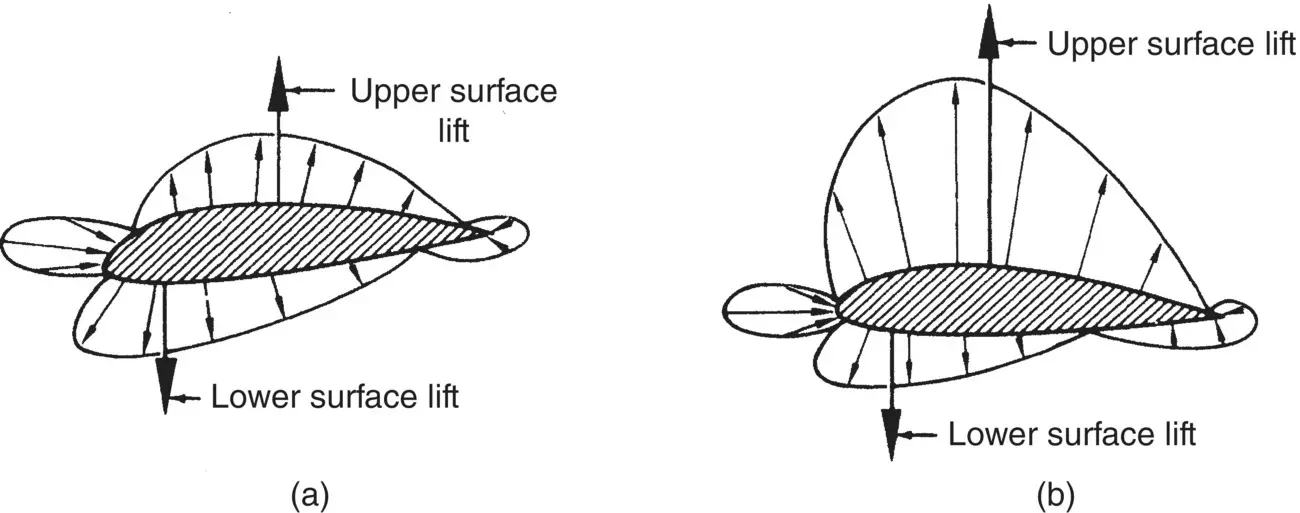
Figure 3.24 Pitching moments on a cambered airfoil: (a) zero lift, (b) developing lift.
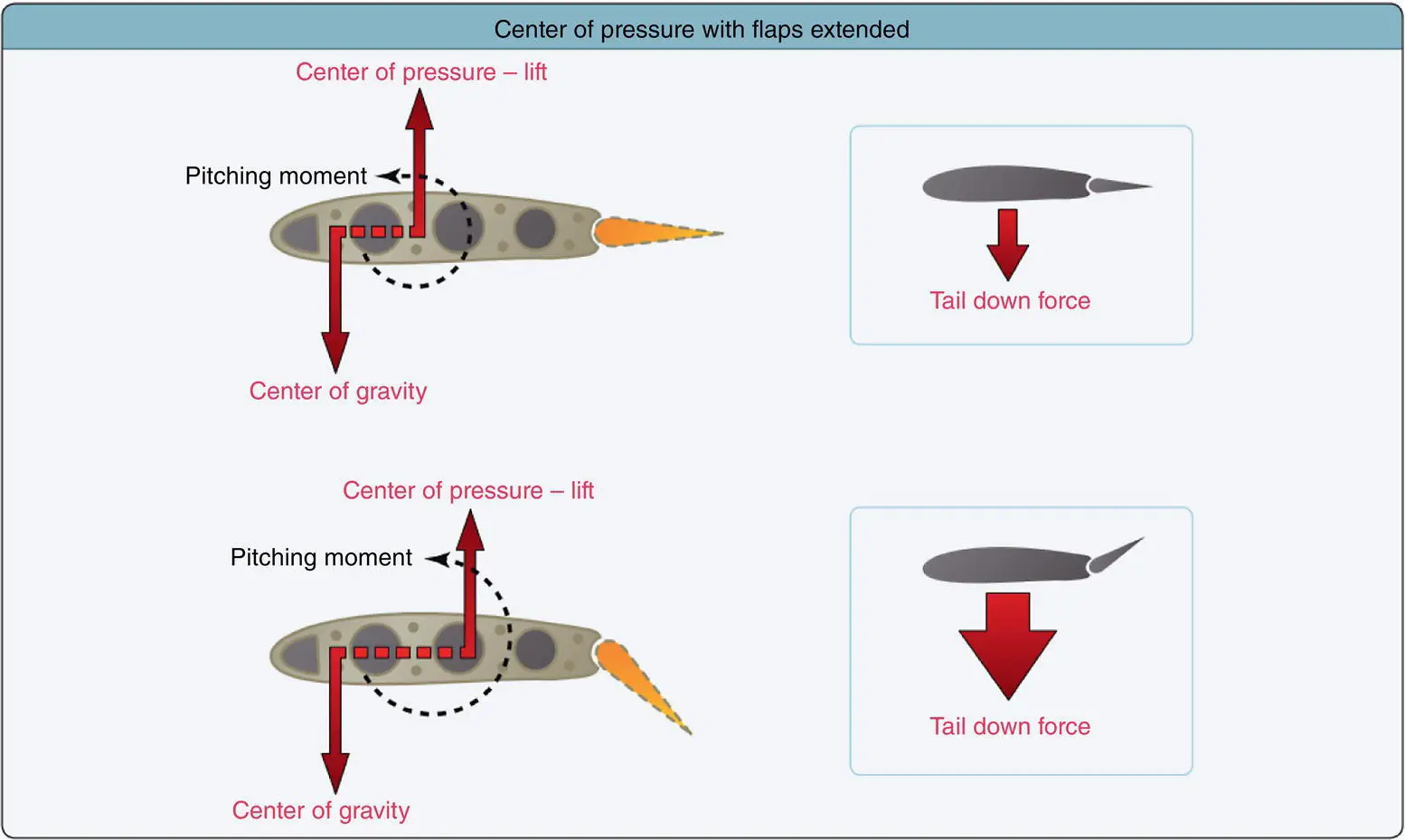
Figure 3.25 Flaps extended pitching moments.
Source: U.S. Department of Transportation Federal Aviation Administration (2016a).
Aerodynamic pitching moments also occur when the pilot changes the camber of an airfoil during flight, as retracting or deploying flaps. When the trailing edge flaps are moved, the chord line changes resulting in a new AOA. When the AOA moves a pitching moment may develop, with initial flap settings the airplane may initially “balloon” due to the immediate increase in lift, then a general nose‐down pitching moment will develop. As shown in Figure 3.25, care must be taken during large power changes and significant trim settings (go‐around/missed approach) as increased pitching moments may be experienced. In some aircraft, a significant nose‐up pitching moment may occur with full deployment of trailing edge flaps as downwash over the horizontal stabilizer increases tail‐down force (airplane nose goes up).
AERODYNAMIC CENTER
For cambered airfoils, the CP moves along the chord line when the AOA changes. As the AOA increases, the CP moves forward and vice versa. This movement makes calculations involving stability and stress analysis very difficult from an engineering perspective. There is a point on an airfoil where the pitching moment is a constant with changing AOA, if the velocity is constant. This point is called the aerodynamic center (AC).
The AC, unlike the CP, does not move with changes in AOA. If we consider the lift and drag forces as acting at the AC, the calculations will be greatly simplified. The location of the AC varies slightly, depending on airfoil shape. Subsonically, it is between 23 and 27% of the chord back from the leading edge. Supersonically, the AC shifts to the 50% chord.
In summary, the pitching moment at the AC does not change when the angle of attack changes (at constant velocity) and all changes in lift effectively occur at the AC. As an airfoil experiences greater velocity, its AC commonly moves toward the trailing edge, with the AC near 25% chord subsonically and at 50% supersonically. A more detailed discussion on the aerodynamic center of a wing, and its relation to longitudinal stability, is found in Chapter 12.
ACCIDENT BRIEF: AIR MIDWEST FLIGHT 5481
On 8 January 2003, Air Midwest Flight 5481 experienced a loss of pitch control on takeoff in Charlotte, NC and crashed, killing 2 crew members and 19 passengers. Several factors that led to this accident were topics addressed within this chapter and deserve application to the principles of aerodynamics and safety of flight. Due to the length of the NTSB accident report (NTSB/AAR‐04/01), only the factors that directly relate to this chapter will be discussed, and it is recommended that the reader review the entire accident report.
The Beech 1900D has a typical horizontal stabilizer with an elevator hinged to the back. Normal travel of the elevator allows for up to 20° airplane nose up (ANU) and up to 14° airplane nose down (AND). As we discussed in Section 3.1.1.2, the elevator allows the pilot to pitch the aircraft around the lateral axis. Figure 3.26shows the Beech 1900D pitch control system, note the turnbuckles, aft bellcrank, and their connection to the elevator.
Due to improper maintenance on the turnbuckles within the pitch control system, the elevator was rigged improperly – (simplified for this discussion) not allowing for full elevator authority – and thus restricted downward elevator travel. The actual elevator position was restricted to 7° AND. In addition to the maintenance errors, a complicating factor was the weight and balance of the aircraft itself. Actual weight and balance calculations of the true weights (versus average weights) and position of all passengers and cargo proved the aircraft was also loaded overweight and with an aft center of gravity. As will be discussed later in the textbook the position of the center of gravity in accordance with the manufacturer’s guidelines is imperative to aircraft safety. The aft center of gravity in the accident aircraft exacerbated the maintenance error.
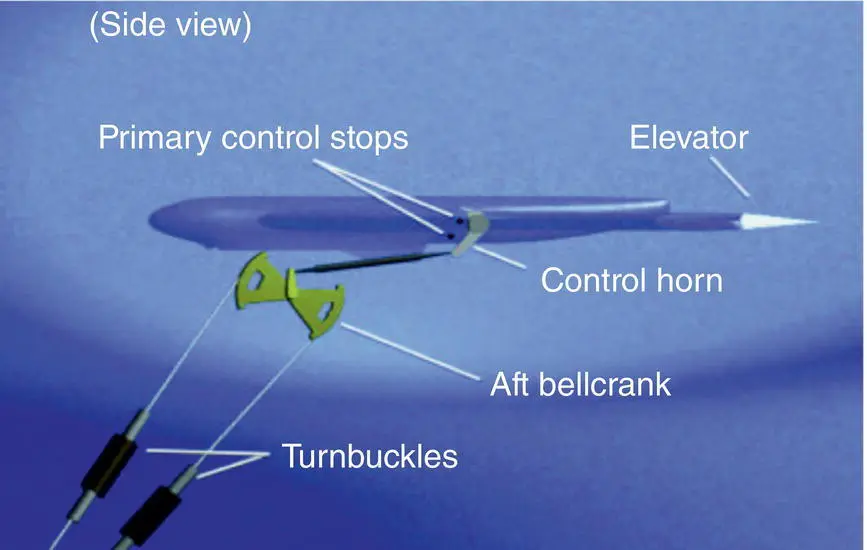
Figure 3.26 Beech 1900D pitch control system.
Source: Courtesy: National Transportation Safety Board.
As the aircraft departed the runway, the nose experienced a pitch upward. Due to the aforementioned maintenance error, the pilots only had 7° AND travel with the elevator, about one‐half of normal travel. This resulted in an increasing angle of attack and the flight crew was unable to recover. In this example, the flight crew was not at fault and could not have known about the maintenance error. Chapter 4contains a more detailed discussion on the importance of understanding the principles of lift, and the consequences on safety of flight if these principles are not understood.
SYMBOLS
| AC | Aerodynamic center |
| AF | Aerodynamic force (lb) |
| AOA | Angle of attack (degrees) |
| CP | Center of pressure |
| D | Drag (lb) |
| L | Lift (lb) |
| RW | Relative wind |
| α (alpha) | Angle of attack (degrees) |
KEY TERMS
Aerodynamic center
Aerodynamic force
Aileron
Airfoil
Angle of attack
Antiservo tab
Center of pressure
Chord
Chord line
Differential aileron
Elevator
Flaps
Flight path
Lateral axis
Longitudinal axis
Magnus effect
Pitch
Relative wind
Roll
Rudder
Slots
Speed brake
Spoilers
Stabilator
Supercritical airfoil
Trim systems
Vertical axis
Yaw
PROBLEMS
1 Flight control systems are of two types:first and second.primary and secondary.trim systems and tabs.balanced and imbalanced.
2 During a turn to the right, the aileron on the right wing is deflected:up.down.in the same direction as the aileron on the left wing.neither up or down as it remains stationary.
3 During the transition from level flight to a climb attitude in a light aircraft, as the control stick is moved aft, the elevator or stabilator is positioned to produce a _______ by deflecting the elevator/stabilator _______.a tail‐up force/upward.a tail‐down force/upward.a tail‐down force/downward.a tail‐up force/downward.
Читать дальшеИнтервал:
Закладка:
Похожие книги на «Flight Theory and Aerodynamics»
Представляем Вашему вниманию похожие книги на «Flight Theory and Aerodynamics» списком для выбора. Мы отобрали схожую по названию и смыслу литературу в надежде предоставить читателям больше вариантов отыскать новые, интересные, ещё непрочитанные произведения.
Обсуждение, отзывы о книге «Flight Theory and Aerodynamics» и просто собственные мнения читателей. Оставьте ваши комментарии, напишите, что Вы думаете о произведении, его смысле или главных героях. Укажите что конкретно понравилось, а что нет, и почему Вы так считаете.
